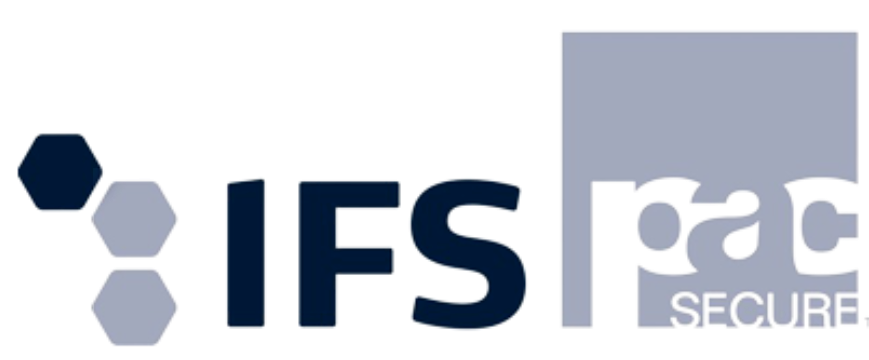How Do You Assess If Food Is Safe To Eat?
Risks in the food industry are always changing, and facilities serving domestic and international customers must be quick to keep up. One way to ensure the handling and processing systems are up-to-date is to perform a risk assessment. Who evaluates the risks of a food ingredient or the conditions in a food handling facility? On what are they basing their decisions?
What Is Risk Assessment In The Food Industry?
Simply put, risk assessment is an evaluation of a food facility to see if there any factors threaten the safety of the product. It also works as an assessment of the potential harmfulness of a food or ingredient. The process encompasses three actions:
- Identifying factors that have the potential to cause harm (hazard identification).
- Analyzing and evaluating the risks associated with that hazard (risk analysis and risk evaluation)
- Determining the appropriate ways to eliminate a hazard or controlling the risk when the team cannot get rid of it (risk control).
What Is the Difference Between “Risk” and “Hazard”?
For those in the industry, it helps to know the difference between "risk" and "hazard":
- A hazard is a biological, chemical or physical agent in food. When no controls are in place, these agents can cause illness or injury to a person who consumes it.
- A risk is a probability that a hazard will occur in a food product. It encompasses a lot of uncertainty, mainly concerning predicting the presence or distribution of hazards in products.
For analyzing the risk posed by an ingredient or agent, the assessment uses scientific evaluation of every known or potential adverse health effects that can result from human exposure to bacteria that can cause foodborne illnesses. Once an assessment is complete, a decision must be made on whether regulatory measures are necessary to prevent any potential harm this food or ingredient could cause.
Since the passing of the Safe Food for Canadians Act and Regulations in 2019, thousands of additional facilities must be inspected by the Canadian Food Inspection Agency (CFIA). The CFIA now uses a contemporary system called the Establishment-based Risk Assessment model, or ERA-Food.
What Is The Establishment-based Risk Assessment Model?
ERA-Food assesses hazards and risks in our food industry based on the hazard level they pose to Canadian consumers. This model uses data and mathematical algorithms to assess the food safety risks in establishments under CFIA jurisdiction. It follows scientific data and information gathered from questionnaires provided to regulated parties through the MyCFIA program to evaluate a facility and determine the levels of risk.
The ERA-Food model uses data and a mathematical algorithm to assess food safety risks. Along with other factors, it informs inspectors on where they should spend more or less time so they can focus efforts on areas of highest risk.
What Are The Types Of Risk Factors?
The ERA-Food model has three groups of model risk factors: inherent risk factors, mitigation factors and compliance factors.
- Inherent risk factors include the operation, product, types of ingredients, processing steps and the intended consumer. They also take into account the direct distribution to vulnerable populations, such as residents of nursing homes, hospitals or daycares.
- Mitigation factors are a facility's safety program, certifications, third-party audits, etc. They can include the use of an internationally-recognized private certification scheme like HACCP.
Compliance factors are inspection results, history of enforcement actions, recalls, and confirmed food-safety complaints. Inspectors can assess these factors using the establishment's historical and current data.
How Often Should Risk Assessments Be Performed?
How often an inspection occurs will be guided by where a facility falls in the three groups of risk factors. Establishments that the CFIA has determined are higher risk will need more oversight; those with lower risks will need less oversight.
One part of risk analysis and assessment is the gap assessment. By examining the gaps between food processors and retailers, food suppliers can use a risk-based product safety management system to promote best practices and constant improvement. Facilities can then make high product safety standards uniform in their food storage and distribution systems.



